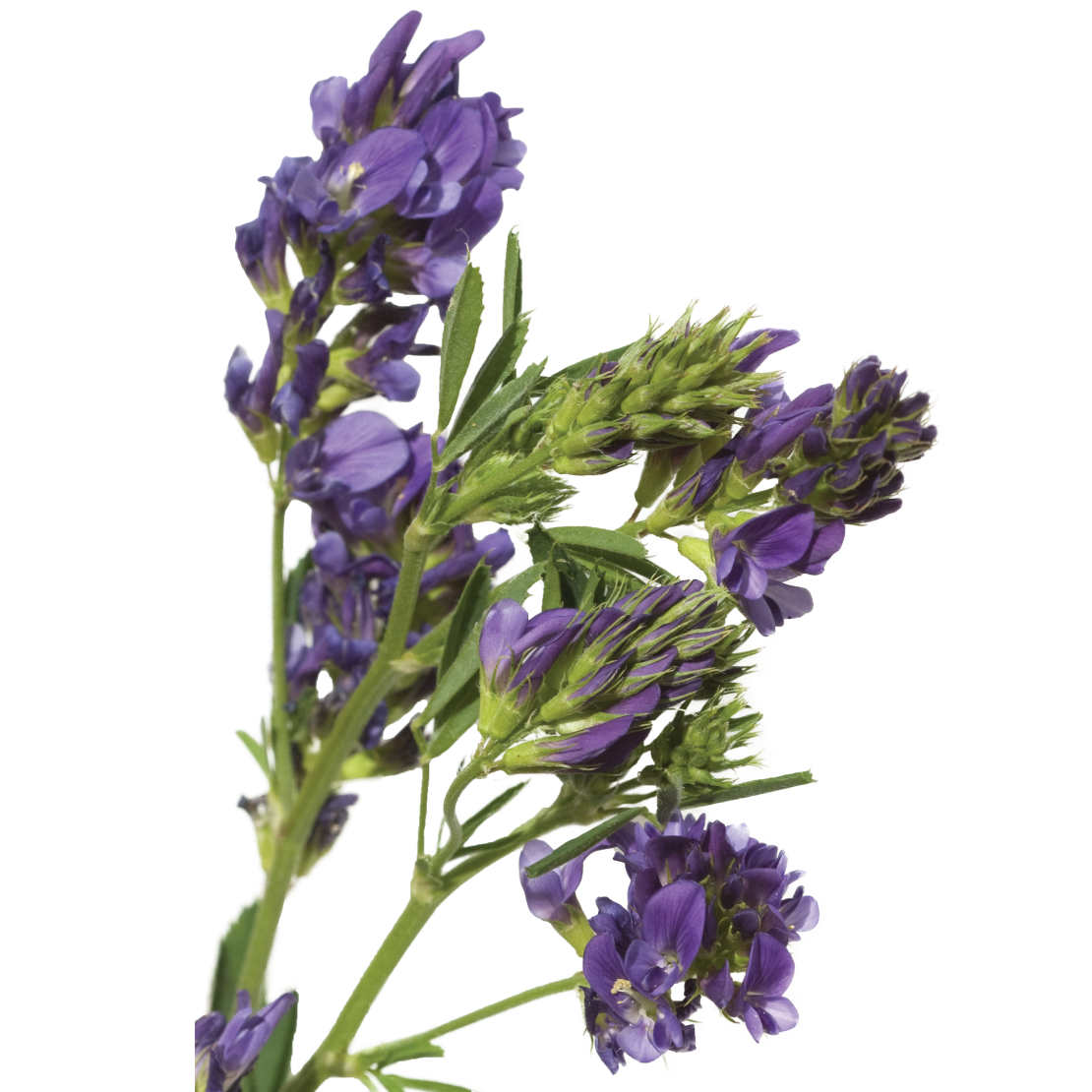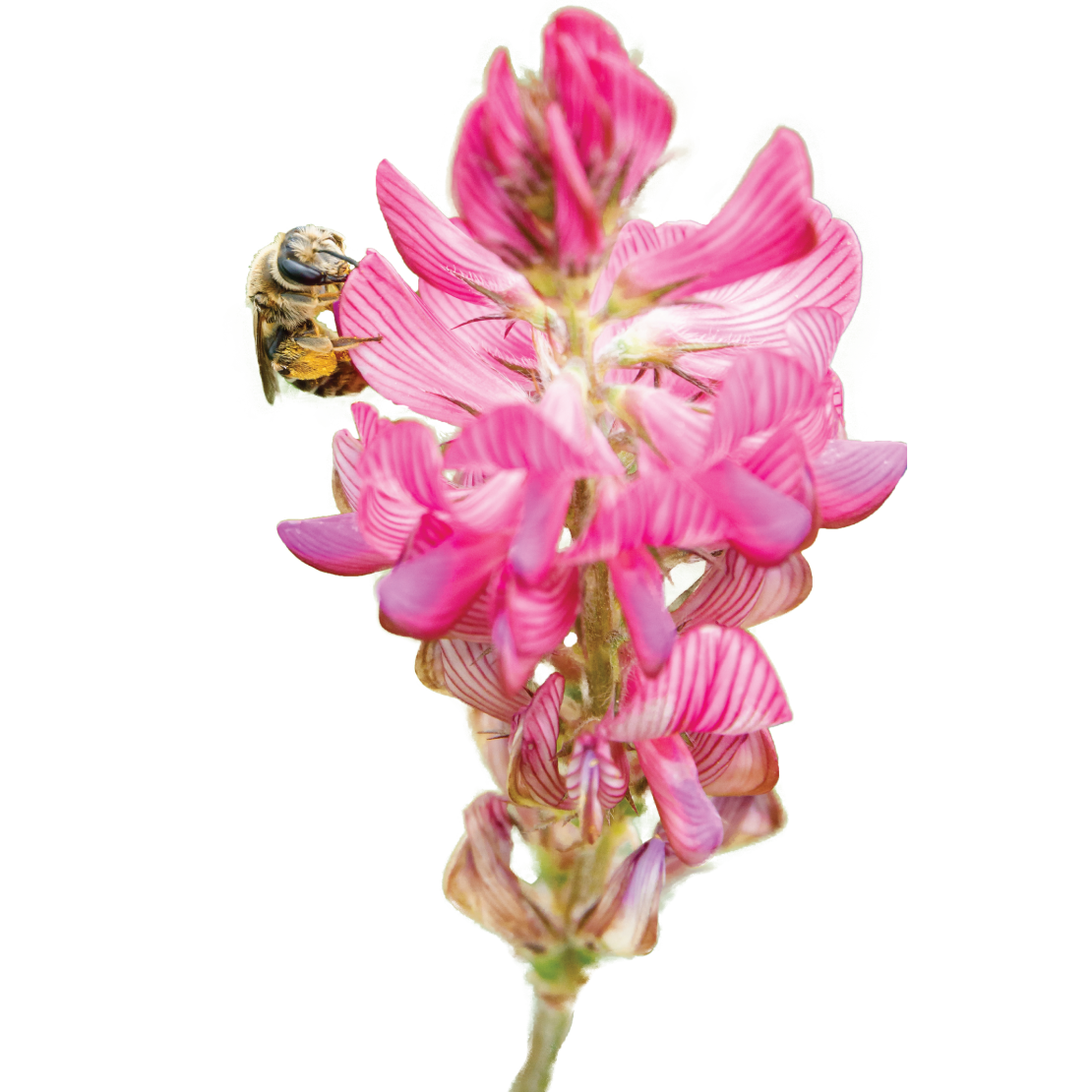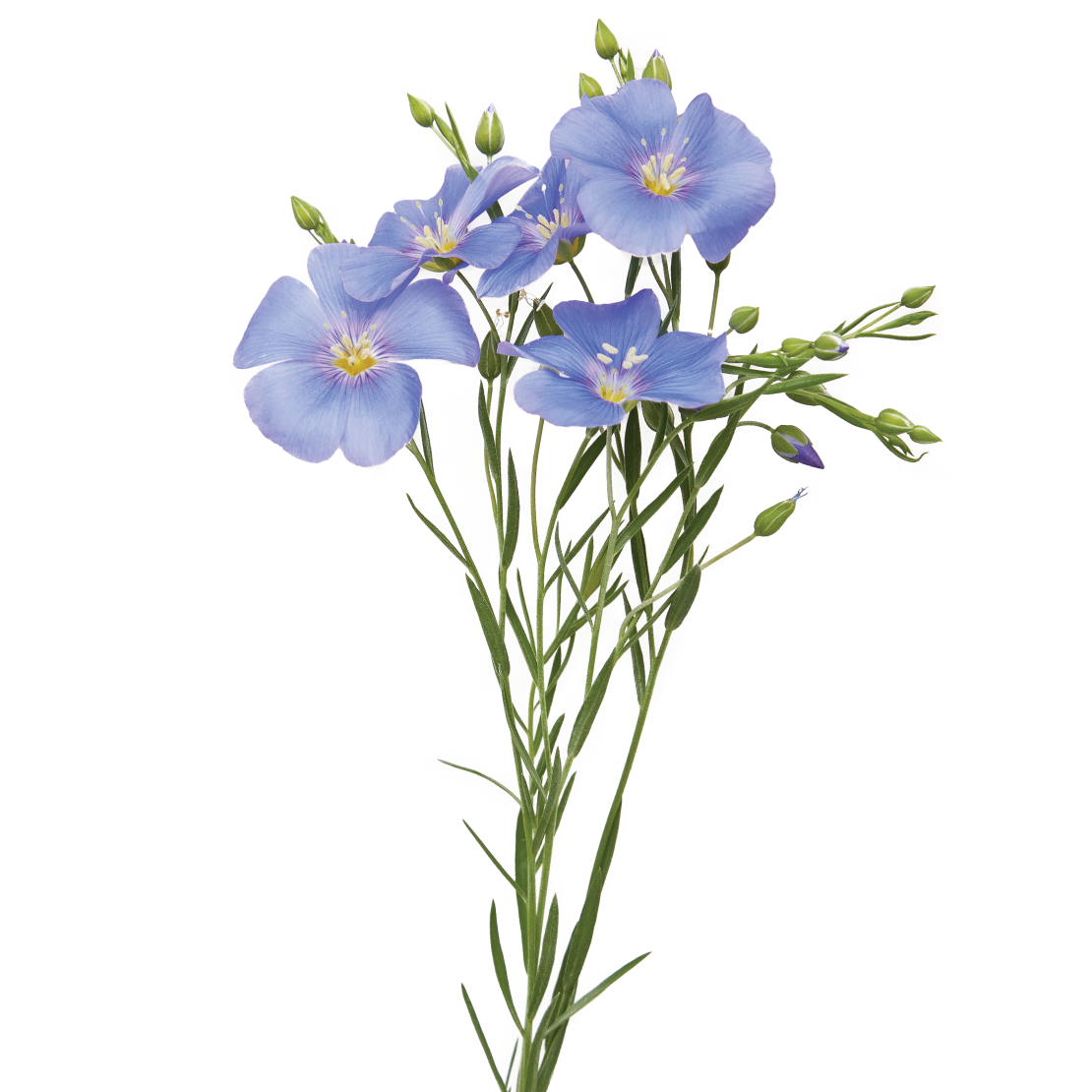Meet our key ingredients
Our forage crops are grown specifically for our horse feeds, meeting strict nutritional profiles for each product. With natural forage feeds the hard work is done in the field, monitoring growth and selecting the optimum time to harvest to achieve the ideal analysis.

Lucerne
(Called alfalfa in America)A deep rooting legume, lucerne offers a wealth of natural vitamins and minerals. Highly digestible fibre and good levels of quality protein support muscle growth and development, improving condition and stamina. Naturally low sugar levels make it a suitable feed for most equines.

Grass
A naturally palatable source of high quality fibre, protein and minerals. We offer grass products in a full spectrum of nutritional profiles ensuring we can provide the benefits of good grazing to all horses, year round. Generally, the higher carbohydrate levels and useful iron levels make grass feeds ideal for horses in harder work.

Sainfoin
An ancient forage legume containing many unique properties, sainfoin is a premium alternative to grass and lucerne. A highly nutritious feed, rich in minerals and trace elements, and a source of condensed tannins which can aid the digestion of protein. An ideal feed for those with increased nutritional demand. Sainfoin nectar is also a firm favourite with bees.

Linseed
Cooked, full fat, linseed delivers high levels of digestible energy with low levels of sugar and starch. It also provides essential omega 3 to ensure healthy skin, a shiny coat and promotes strong hooves. Unlike other oil-bearing seeds, linseed offers the same optimal balance of omega 3:6, 4:1, as natural grazing.